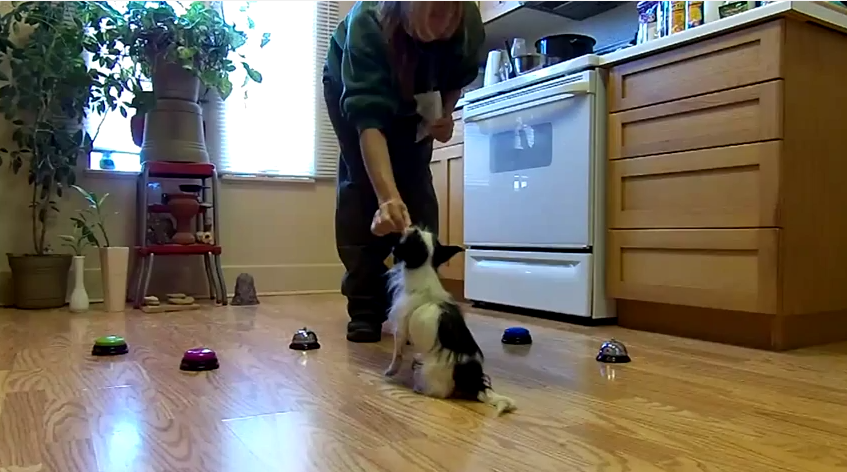
Changing The Way We See Service Dogs
It has always been assumed that service dogs are specially-bred purebred dogs – usually Labs, German shepherds and Golden Retrievers. It’s been this way since the very beginning because it was believed these are the dogs that were “best suited” for the job. They are also very expensive, with mile long waiting lists and often a lot of red tape is crossed trying to get one.
Sherry Woodward is a certified professional dog trainer (CPDT-KA) who has worked at the Best Friends Animal Sanctuary in Kanab, Utah since 1996. Her professional career is impressive, including over 100 training documents that are used across the United State and in 5 other countries; a CPDT certified continuing education workshop held at the sanctuary, and was even featured on National Geographic Channel’s TV series DogTown, which chronicles the physical and emotional rehabilitation of dogs living at Best Friends Animal Sanctuary.
However, her real accomplishment has been the founding of Canines With Careers a groundbreaking program she started to take rescued dogs with the right personalities and train them to be service dogs, animal-assisted therapy dogs, educational support, emotional support, and search and rescue dogs.
Here is a short video of Ninja, one of the career dogs in training, working in Woodward’s kitchen for her breakfast.
https://youtu.be/Txn_p23h6h0
What made you start this program at Best Friends?
SW: I want to save more shelter/rescue dogs and enrich more human lives, we have saved at least one soldier, too. A veteran that has one of our dogs has the story to tell of still being suicidal after he received his dog and how living with his dog helped him to put his gun down on his worst day.
Why makes it special?
SW: We see the results, we tell the stories, and it really does save lives!
Do you know if any other shelters or rescues have adopted a program like this?
SW: None like we have, I do work with over 500 individual trainers that are involved in helping with their efforts. Some of those are working with shelters all of them are working with shelter/rescue dogs instead of breeding.
To date, how many dogs have you placed from the program?
SW: We started in mid 2009 and over 1,200 have been placed across the country, 58 myself personally.
What is the message you want to get across to people who may not be aware of your program?
SW: Many shelter/rescue dogs can be career dogs, they can often take less time to screen, select, place and train. Everyone can help with this work – foster, take dogs on outings, sleepovers, learn to help with their training, buy supplies that are needed.
How do you choose the dogs to participate?
SW: I have created an assessment tool that I use and share (teach) across the country.
About how long are they in the program?
SW: With all dogs that are placed through Best Friends (the 58 mentioned above) the commitment is for life, we support the teams with grant funds as we can, we will take back any dog at any time. We support with training long term. The people I work with across the country have a variety of different commitments.
Is their adoption fee higher?
SW: The rates vary if the dog comes from me the cost can be waived, if the dog is through any other shelter the cost will vary most adoption fees are under $200.00 some rescues may be slightly more.
(Editor side note: a “traditional” service dog anywhere from $10,000-40,000)
Do you have a waiting list?
SW: Yes always! I pass many adopters to people I work with that are closer to where they live.
If someone is interested in getting one of your dogs, who should they contact?
Helping Dogs & People
“According to the Institute of Medicine, more than 40 million people in the U.S. have a mental or physical disability, and only about 1 percent of the people in need have service or support dogs.” (bestfriends.org).
The Canines With Careers program is not just saving dogs lives, but is helping fill a tremendous need for service dogs that the breeders just can’t keep up with.






+ There are no comments
Add yours